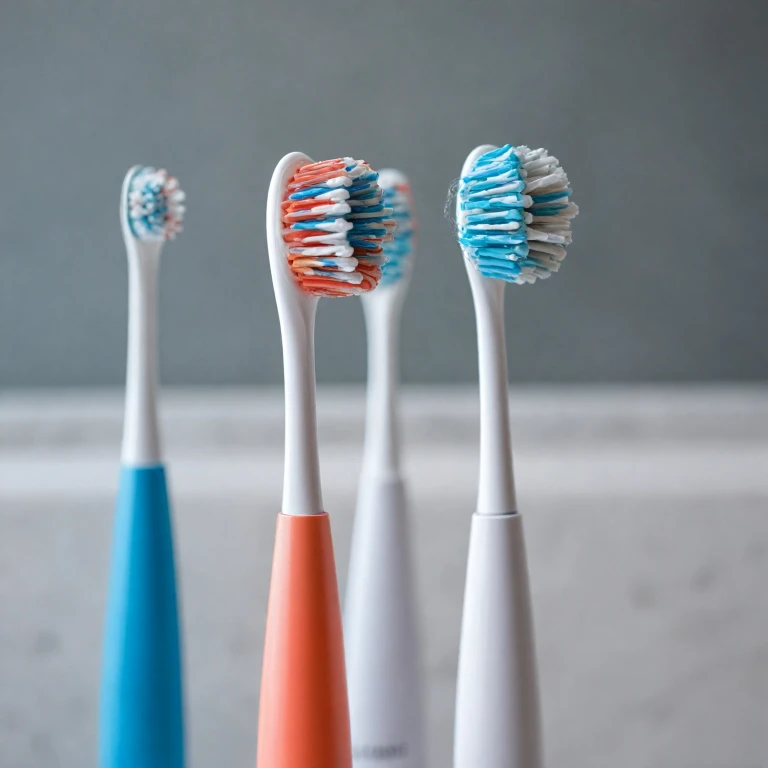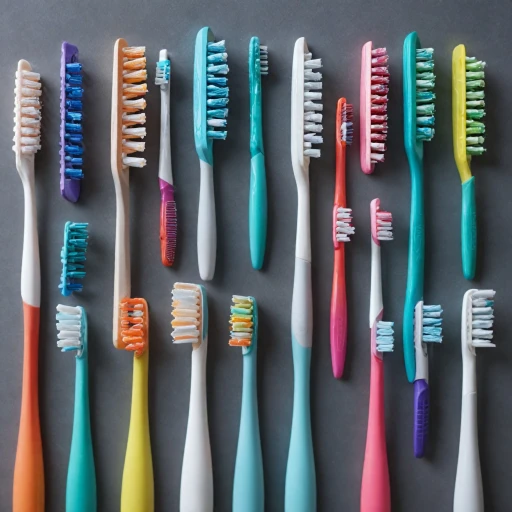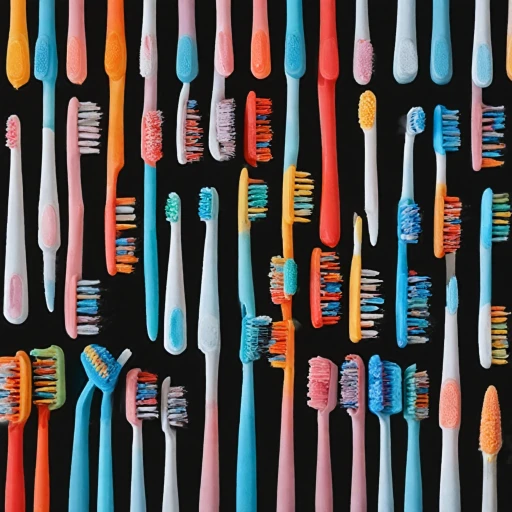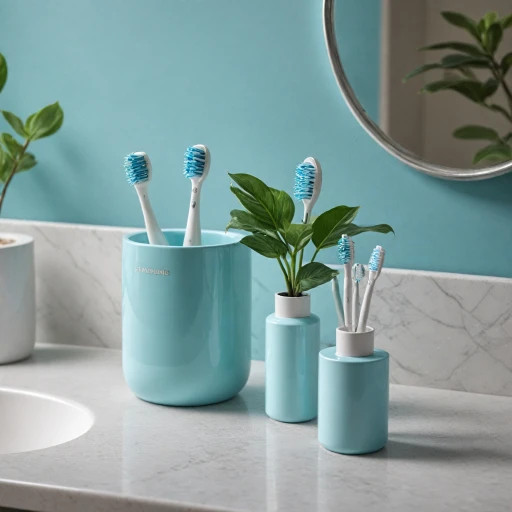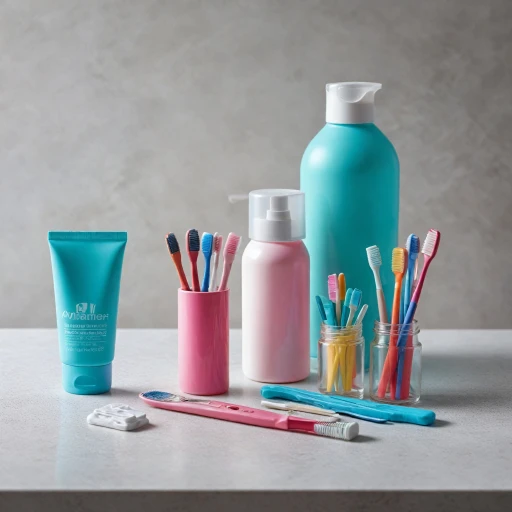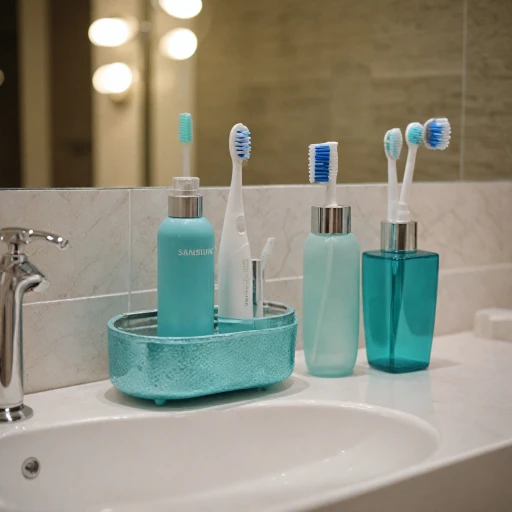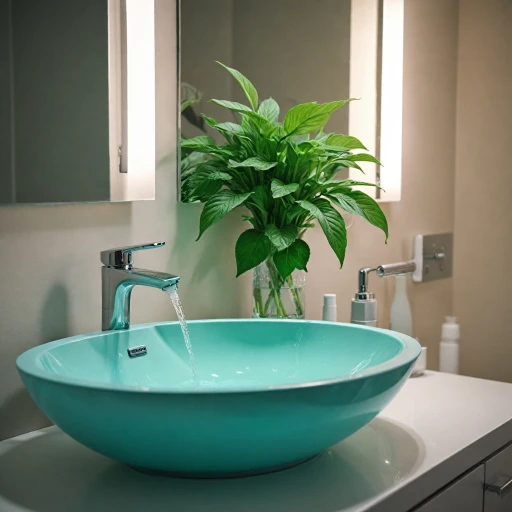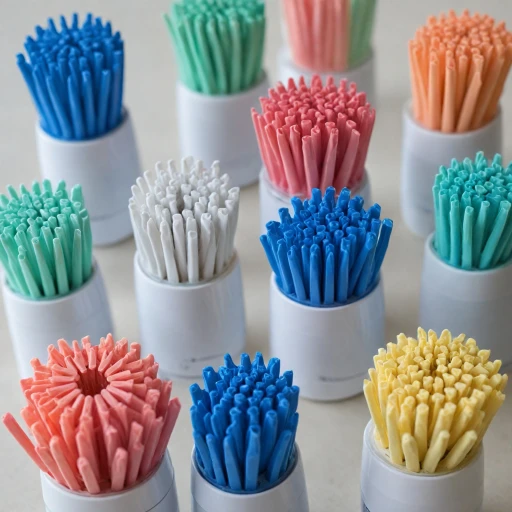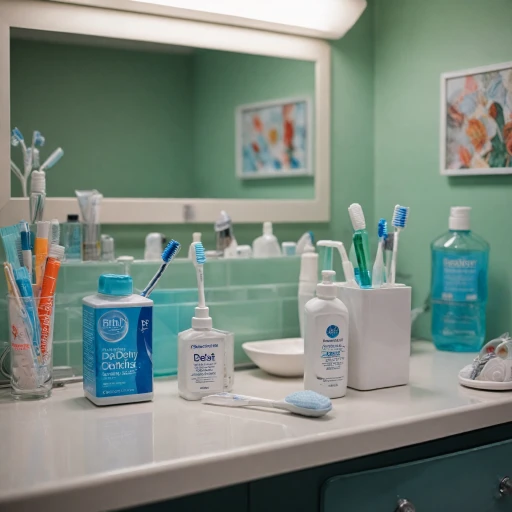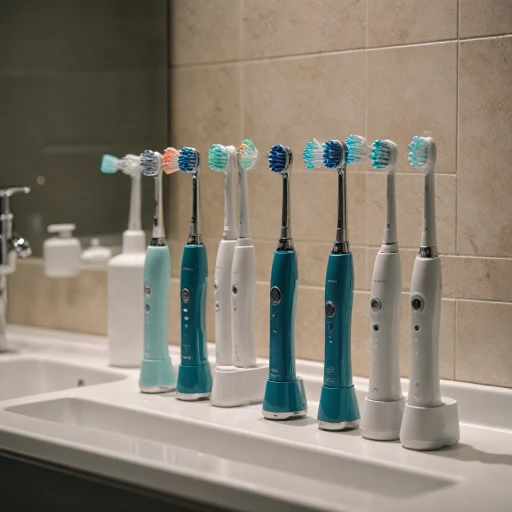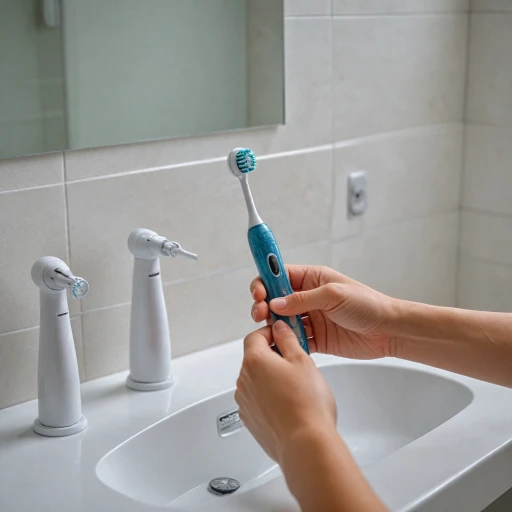
Understanding the Importance of Replacing Your Toothbrush Head
Why Replacing Your Brush Head Matters for Oral Health
Maintaining good oral hygiene is crucial for your overall health, and an essential aspect of this is ensuring your tools for oral care are in top condition. The toothbrush head of your electric toothbrush is a vital component that wears out over time. When bristles wear down, which typically happens after three months of brushing, they lose their effectiveness. The importance of replacing it regularly cannot be overstated.
Worn-out bristles can’t clean your teeth as effectively, leaving plaque behind that might eventually lead to dental problems such as cavities, gum disease, or bad breath. By ensuring timely brush head replacement, you safeguard yourself against these oral health issues.
The frequency with which you should change your toothbrush head depends on several factors, but experts often recommend a replacement at least every three months. Consistent checks for signs of wear and an understanding of the impact of a worn brush head can help you identify the need for a change.
In addition, different types of electric toothbrushes, like a Philips Sonicare, may have specific replacement guidelines. It's critical to choose the right replacement heads that fit your toothbrush model for optimal performance. Regular checks on the bristle condition and knowing how often you should commit to a change can make a significant difference in maintaining your oral hygiene.
For more insights on how a timely brush head replacement can impact your oral health, consider integrating simple but effective maintenance habits into your routine.
Signs It's Time to Change Your Toothbrush Head
Indicators to Look for When Considering a Change
Recognizing when it's time to replace your electric toothbrush head is crucial for maintaining optimal oral hygiene. Over time, wear and tear on the bristles can affect the brush’s performance, often leading to diminished cleaning efficiency. Fortunately, there are several visible signs that will help you determine when it’s time for a replacement.
- Bristles Wear and Tear: One clear indicator that you should change your toothbrush head is frayed or splayed bristles. When the bristles lose their integrity, they can’t effectively clean your teeth and may also cause irritation to your gums.
- Loss of Color: Many toothbrush heads are designed with indicator bristles that fade in color over time to signal that it’s time to change your toothbrush. If you observe significant color fading on your brush head, it's wise to replace it to maintain good oral health.
- Time Lapsed: Although visible wear is a strong sign, if it has been approximately three months since your last change, it's advisable to replace the brush head. This timeframe, recommended by dental professionals, ensures that your brushing routine continues to be effective.
Ignoring these signs can lead to inadequate cleaning, potentially compromising your oral hygiene and health. To learn more about the importance of maintaining your brush heads, consider reading about the importance of toothbrush heads for electric toothbrushes. Regular replacement not only supports oral care but also maximizes the benefit of using electric toothbrushes such as Sonicare toothbrush.
Recommended Replacement Frequency
How Frequently Should You Replace Your Toothbrush Head?
When considering the longevity of your electric toothbrush, it is prudent to think about the lifespan of the toothbrush head, particularly in relation to good oral health. As a general rule, replacement heads should be changed every three months. This time frame accounts for the wear that toothbrush heads endure during regular brushing sessions, ensuring your bristles maintain optimal contact with your teeth for effective cleaning. Over time, bristles wear down and can become frayed. Without timely change, the efficiency of the bristles to clean and remove plaque diminishes. This means you may not be brushing teeth as effectively, which could hinder your oral hygiene. Additionally, continuing to use a toothbrush head for too long might lead to compromised oral health, as worn bristles may not effectively reach or clean between teeth. The recommendation to replace your brush head every three months is aligned with expert advice. Changing your brush head regularly is essential for maintaining oral care standards and ensuring that each brushing session is effective. Be sure to assess your specific situation and observe any signs of wear, as the need for replacement might arise sooner in some cases, possibly due to the technique or frequency of your electric toothbrush use. By adhering to this suggested timeline for replacing your toothbrush heads, you actively contribute to your oral health and hygiene. For more information on maintaining an effective oral care routine, you may consider understanding the benefits of high fluoride toothpaste here.Factors Influencing Replacement Frequency
Variables Affecting How Often You Need a New Toothbrush Head
The ideal time to change your electric toothbrush head can vary based on multiple factors. Paying attention to these can ensure optimal oral hygiene and extend the life of your electric toothbrush:
- Frequency of Use: If you’re using your electric toothbrush more than twice a day or engaging in longer brushing sessions, you might find the bristles wear out sooner. This is why observing wear and tear signs on the brush head is crucial.
- Brushing Technique: Applying excessive pressure while brushing teeth can lead to quicker degradation of bristles. Aim for gentle yet effective brushing to maintain the integrity of your brush heads.
- Oral Hygiene Products: The type of toothpaste or mouthwash you use can also impact bristle wear. Brands with abrasive properties might cause the head to degrade faster, necessitating more frequent replacements.
- Quality of the Brush Head: Not all brush heads are created equal. Premium brands like Philips Sonicare may have bristles designed to last longer, while generic brands might require earlier replacement.
- Individual Oral Health: Personal oral health requirements will also dictate replacement needs. If you have specific oral health issues, replacing the brush head more often can be beneficial in maintaining good oral care.
Choosing the Right Replacement Head
Finding the Right Fit for Optimal Care
Choosing the right replacement head for your electric toothbrush is essential for maintaining both effectiveness and comfort during brushing. Given the variety of options available, selecting the correct brush head can seem overwhelming, but a few key considerations can guide your choice. First, ensure compatibility with your electric toothbrush model. Different brands and models, like Philips Sonicare or Oral-B, may require specific types of toothbrush heads. Always check the manufacturer's recommendations to verify you are purchasing the correct replacement head for your specific toothbrush. Additionally, consider the bristle texture and design. Some replacement heads feature soft bristles designed for sensitive teeth and gums, while others offer firmer bristles for a more intense cleaning. If you notice signs of gum irritation or discomfort, opting for a softer brush head might be beneficial for your oral health. Another important factor is the specific cleaning needs of your teeth. For instance, if plaque buildup is a concern, look for brush heads designed for plaque control. These heads often have unique bristle patterns or additional features that enhance their cleaning power. Remember that the right brush head will promote better oral hygiene and make brushing a comfortable experience. As replacements are needed approximately every three months, consider purchasing packs of replacement heads to ensure you have them ready when required. By selecting the appropriate brush head, you are not only taking a step toward effective cleaning but also investing in your long-term oral care routine.Tips for Maintaining Your Electric Toothbrush
Maximizing the Lifespan of Your Electric Toothbrush
To ensure that your electric toothbrush remains effective for months, it is essential to practice proper care and maintenance. Here are some tips to keep your toothbrush in optimal condition and preserve its bristles for effective brushing:
- Rinse Thoroughly After Brushing: Always rinse the brush head with water after each use to remove toothpaste, plaque, and other residues. This helps to prevent the buildup of bacteria that can affect oral health.
- Store in an Upright Position: Allow the toothbrush to air dry in an upright position. Keeping the brush head dry prevents bacteria growth and extends the lifespan of the bristles.
- Avoid Exposed Storage: While it’s essential to store the toothbrush upright, make sure it isn't stored in a closed container or with other brush heads. This may trap moisture, leading to bristle wear over time.
- Check for Wear and Tear: Pay attention to signs of wear, such as frayed or discolored bristles. A brush head with worn bristles might not clean teeth effectively, so it's crucial to replace it in time.
- Clean the Handle: Apart from the brush head, the toothbrush handle also requires regular cleaning. Use a clean, damp cloth to wipe it down, removing any residue and ensuring every oral care session is hygienic.
- Avoid Dropping the Toothbrush: Dropping your electric toothbrush can damage the internal mechanism or the brush head. Handle it carefully to avoid unnecessary replacements or repairs.
By following these maintenance tips, you can help your electric toothbrush perform effectively, improving your oral hygiene and overall dental health. For those wondering about how often they should change their toothbrush heads, keep in mind the recommended three-month replacement period. However, if you notice any early signs of wear, it might be time to change sooner to maintain optimal brushing effectiveness.
